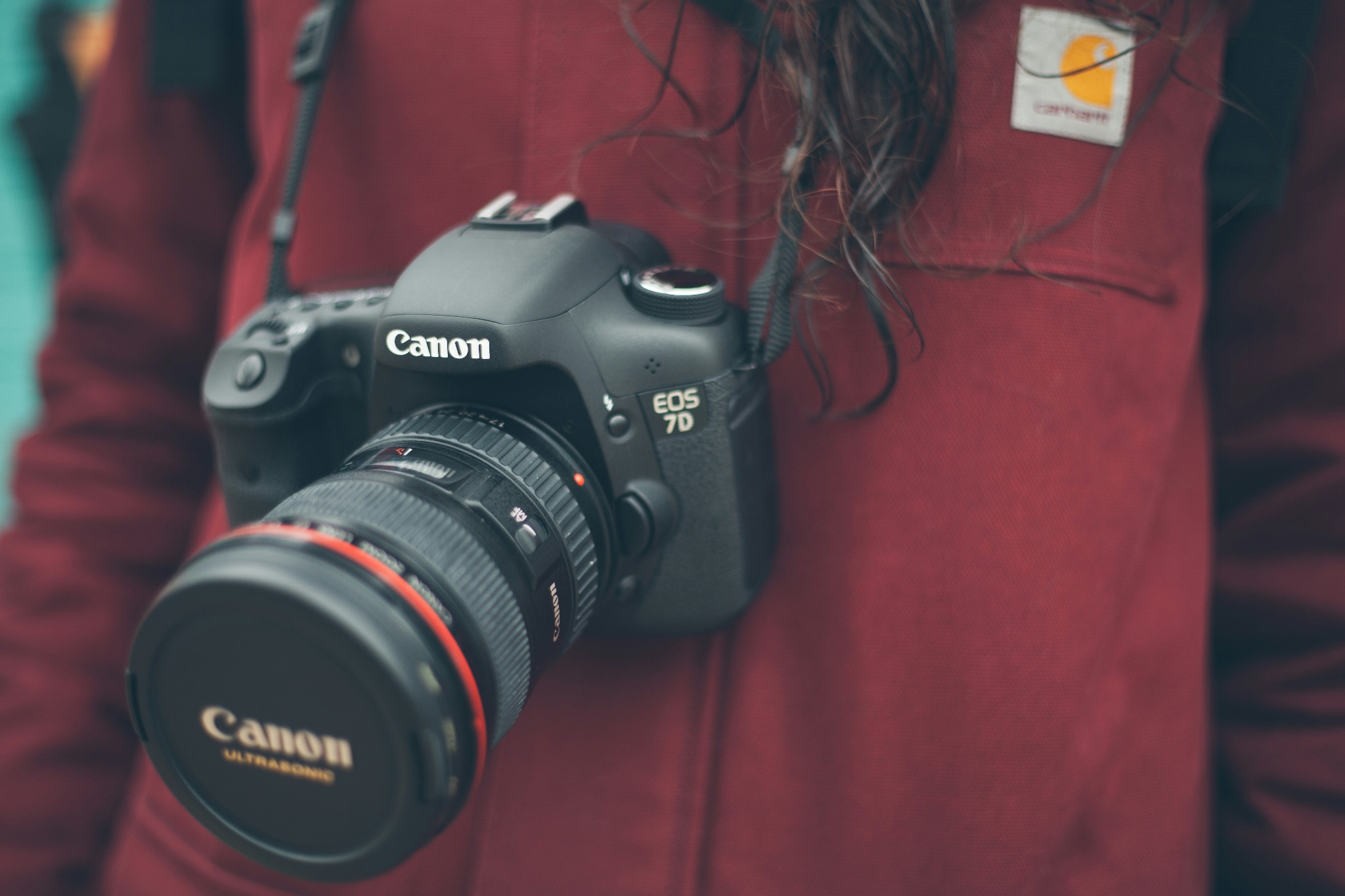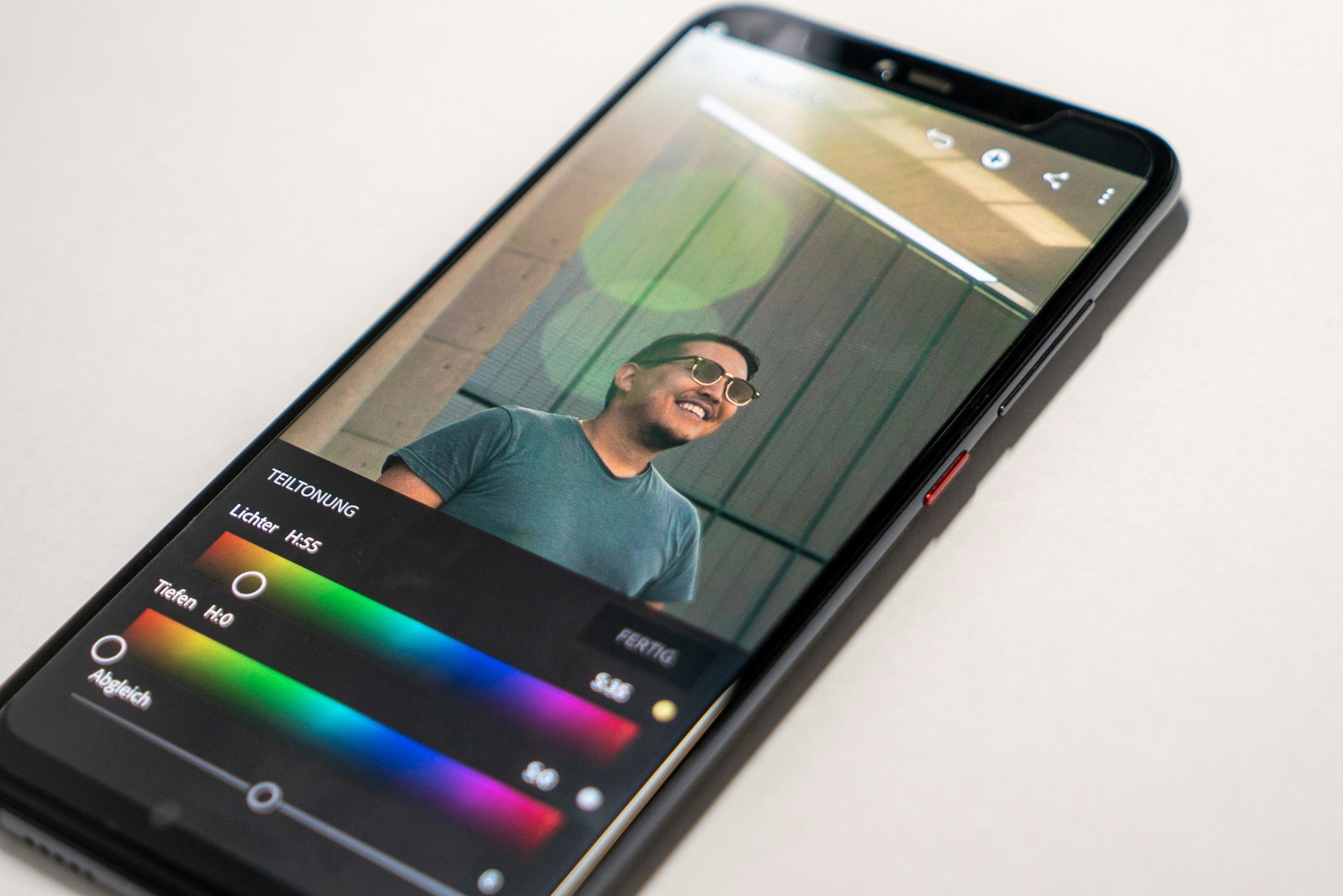Back in those dark days of film photography, even pressing the shutter cost you money. As digital approached we were told it would be much cheaper, an almost free route into photography. Then the first consumer-level cameras arrived. They were not cheap, nor were all the auxiliaries surrounding them.
My feeling is, that today, a digital camera at a prosumer level is significantly more expensive than its film equivalent, inflation considered.
However you look at it, digital photography is not free and in many cases, it’s not even cheap. However, it's perfectly possible to be a great photographer without the latest and greatest gear and today I would like to give you my thoughts on how.

The Camera You Always Have
The advent of mobile photography has been incredible. From tiny sensors and grainy images, in a few short years we have arrived at big budget productions being shot on iPhones. The latest, Apple or Android device is always going to be at the top end budget wise. However, smartphone prices fall rapidly and there are now numerous sites like Backmarket, which refurbish older phones and resell them at much more affordable prices.
For example, if you wanted to shoot RAW on an iPhone, the earliest model is the iPhone 12 Pro. In the UK you can pick up decent models of that phone for less than £300 ($380). That’s a lot less than many secondhand, older digital cameras for a serious amount of capability.
If your budget is even tighter, then the phone you have now will almost certainly be a very useful camera. Even budget smartphones from the last 8-10 years are capable of taking some great pictures. But there is another advantage to using a smartphone as your primary camera. Let me explain.

The Computer You Always Have
Another major expense in digital photography, and one that was not talked about in the early days, is computers. The first decade of digital pretty much required you to have a laptop at least and preferably a desktop. That was a serious chunk of change.
Then you needed to add in the software, Photoshop was not cheap by any stretch of the imagination and whilst there were free options, they never approached the capabilities of the Adobe flagship. As RAW files began to become the norm, we needed dedicated RAW processors (remember them). As our collections built we needed image management apps.

The advent of the smartphone has changed that entirely. Now we can shoot, store and edit our images on a small handheld device, usually with a really good screen. Most modern smartphones allow you to offload images to external drives for archiving or store them in the cloud to free up space.
Even if you are shooting with a more traditional camera, the smartphone or iPad that you currently have is almost certainly good enough to do some serious editing. Apps like Photoshop and Lightroom are available along with a plethora of alternatives, all very powerful and more importantly very budget.
Most modern cameras will download directly to a smart device either by cable or wirelessly. Even if they don’t, you can use a cheap card reader to transfer the images.
Learn New Genres And Stay Local
If you have some gear but no budget to expand it, then make the most of what you have. We tend to stick to genres that we know and like. However, that can become a bit stale and demotivating. Take a look at shooting some new genres. Perhaps delve into a little natural light portraiture with your family.
Maybe explore the macro world, many lenses will focus fairly close or for a small amount you could purchase some close up adapter lenses or some reversing rings. Shooting a new genre will re-invigorate your photography and challenge you to use the gear you have in a more creative fashion. In YouTube and right here at Light Stalking you have free, go to resources to learn more about image making.
We often use travel, far or near, as an excuse to go out shooting. However, there are always photographic opportunities in your home town or even home street. I have written before about being a tourist in your own city and it makes double sense if you are on a tight budget.

Buy For Your Needs Not Wants
As photographers, we get bombarded by a barrage of hype and advertising, much of it on YouTube. It’s designed to give us FOMO (fear of missing out), and it works. We are often sold things that we really do not need.
There will of course be times that we do need to buy a new piece of kit for our camera bags. Then, and despite its reputation for hype, YouTube can be a good place. But first you need to isolate why you need a piece of gear and what it will bring to your photography. It’s very easy to fall into the trap of justifying in your mind that your photography will improve with a simple purchase. That’s the wrong way to approach it.
What you need to ask is what your current setup cannot do, and base your purchases around filling that gap. Once you have isolated that, then head to Youtube and find reviewers that have actually paid for the same gear. They are much more likely to give an honest opinion.

Trade Up or Trade Down Or Buy Secondhand
There are a number of really useful sites these days where you can trade your current gear for something different. These are useful not only to upgrade your gear but also downgrade it. Let’s say, for example you have a beautiful 70-210 f/2.8 but you rarely shoot anything for a wide aperture. You could quite easily trade that down for a 70-300 f/4. You would get extra cash and a more versatile focal length range.
These sites are also a useful option for simply buying or selling second hand.
Whilst you will not get as good a price as selling directly through something like eBay, you will have the peace of mind that you will receive the money and not get scammed. The same is true when buying through these sites. Most bricks and mortar camera stores also offer trades and secondhand deals.
New camera and computer gear can be frighteningly expensive but digital photography doesn’t have to be. These days we all have a camera and computer in our pockets which can take amazing images and edit them. The digital secondhand and trade market is a mature place now and great bargains can be had.
There are really no great barriers to getting great photos.




